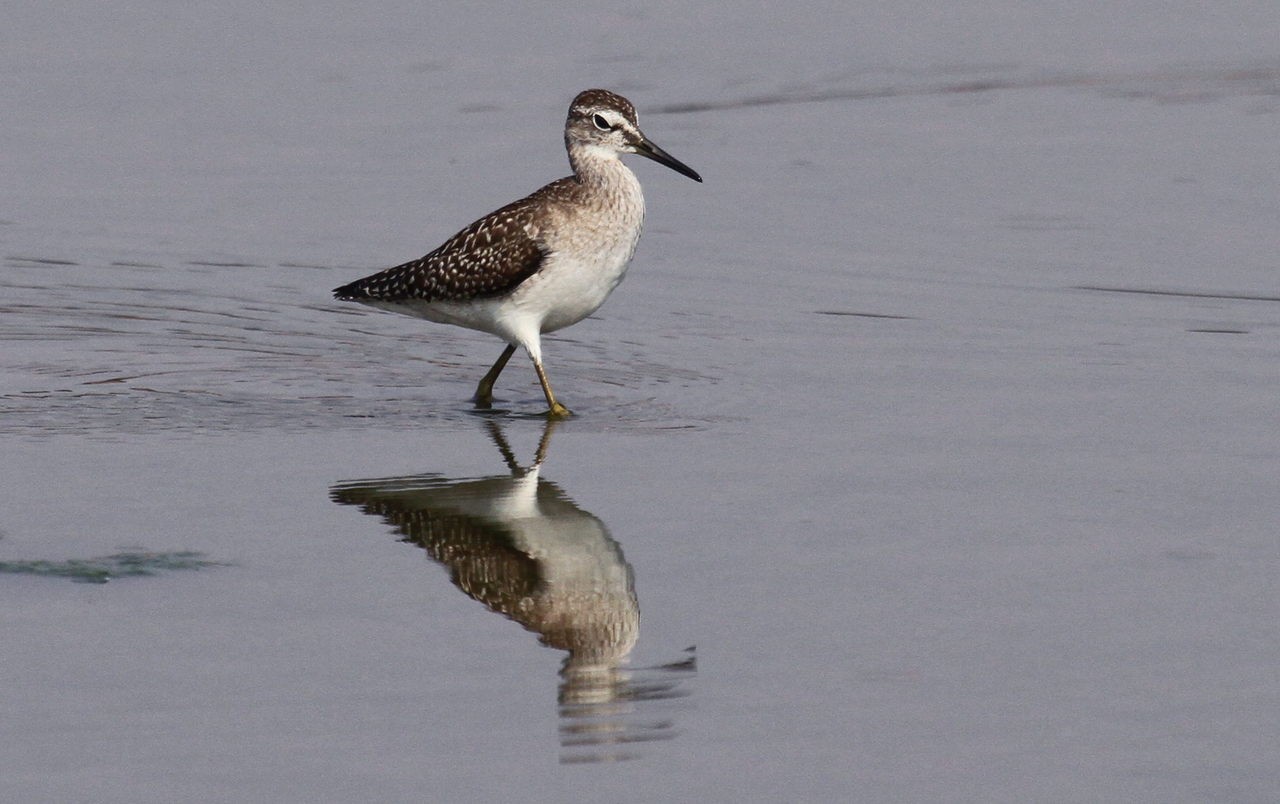Wood Sandpiper
A species of Tringa Scientific name : Tringa glareola Genus : Tringa
Wood Sandpiper, A species of Tringa
Botanical name: Tringa glareola
Genus: Tringa
Content
Description People often ask General Info
Description
The wood Sandpiper is a wading bird that is often seen in marshes and bogs in or near open forests. It is not very social, especially with other types of birds. It does form small flocks with others of the same species. The medium-sized bird forages for food in shallow water and may bob its tail if startled.
Size
20 cm
Colors
Brown
Gray
White
Life Expectancy
9 years
Nest Placement
Ground
Feeding Habits
Wood Sandpiper primarily consumes insects, mollusks, small fish, and amphibians. Their feeding behavior includes foraging in shallow waters and mudflats, often using a characteristic bobbing motion. Wood Sandpiper exhibits unique adaptations for tactile hunting, such as sensitive bills to detect prey in the substrate.
Habitat
The wood Sandpiper occupies freshwater wetlands primarily in temperate zones. Its breeding habitats span peatlands and swampy boreal clearings, often near tundra-coniferous forest junctures. During non-breeding periods, it prefers the peripheries of inland waters, marshes, and agricultural wetlands. While typically inland, it occasionally ventures into coastal zones like saltmarshes and mangroves.
Dite type
Insectivorous
People often ask
General Info
Feeding Habits
Bird food type
Species Status
Not globally threatened.
